Sapa, is a frontier township and capital of Sa Pa District in Lào Cai Province in north-west Vietnam. It is one of the main market towns in the area, where several ethnic minority groups such as Hmong, Dao (Yao), Giáy, Pho Lu, and Tay live. [From Wikipedia]
We arrived in Sapa in late September, which I think is one of the best times to visit the valley. The air was cool, chilly sometimes, and walking around was a breeze. The mountains majestic and gorgeous, when not covered in fog. The rice terraces were golden and glorious, ripe for harvesting.
Getting to Sapa was half the fun. Here’s an introduction to the other half.
We stayed at Bamboo Hotel for US$50 a room. The best part of our stay was during breakfast, where we ate with this view in sight.
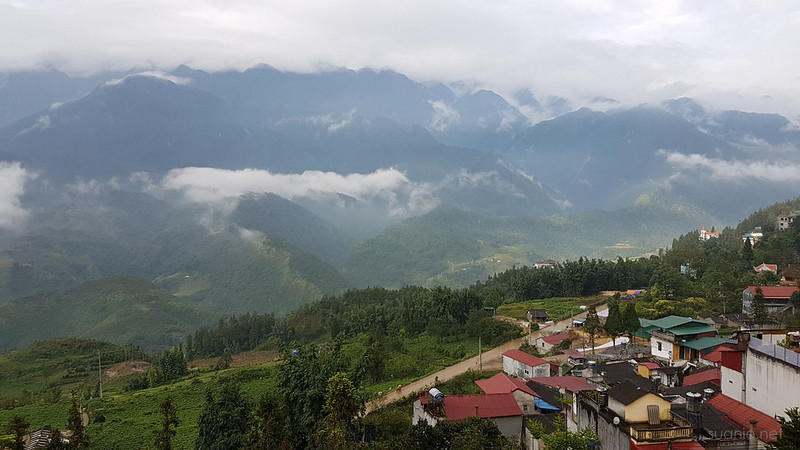
Overlooking the staggeringly beautiful Hoang Lien mountains
The town itself is a typical tourist joint, with plenty of food, hotels, massage parlours, transport and equipment rental etc. Forgot your trekking gear? Not to worry, you can get what you need from one of the many shops around, who most likely get their source of goods from the single one or two main suppliers.
The only thing I’d recommend that you bring from home, is a pair of very good hiking shoes. The cheap-and-bin types that you get from Sapa will leave you with black-and-gone toenails, and blisters that make you weep at night #truestory
It rained the morning we arrived, so we got some breakfast in a cosy cafe while taking in the street sights.

Flourishing tourist business for Sapa’s hill tribe ethnic minorities
There are 54 ethnic groups in Vietnam. The Hmong tribe seems to be the most dominant in Sapa, or at least they are more inclined to come out to town and offer their tourist guide services. Don’t be surprised to find yourself accosted by one, two, or a few tribe women who chat you up with “What your name? Where you from?” Some speak better English than the others, a few may grin and attempt to hold your hand as a kind of agreement that they would be your guide in Sapa.
For a fee, of course. I ended up paying US$25 for mine, though I gladly did for she was strong, sturdy and loyally saw me all the way through my painful trekking journey.
Here again is my advice to all Sapa would-be trekkers: make sure that your hiking/trekking shoes are in good order, and would not break even before you use them.
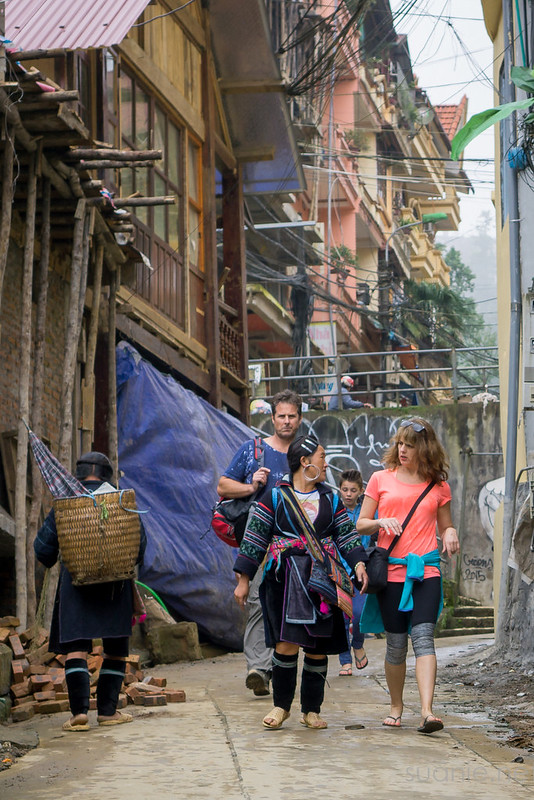
Ignore the hustling, Sapa tribe women are hardworking and resilient
Sapa town is relatively easy to get around. We walked down a road and found a small morning market with vendors selling vegetables, fish, meat, the likes.
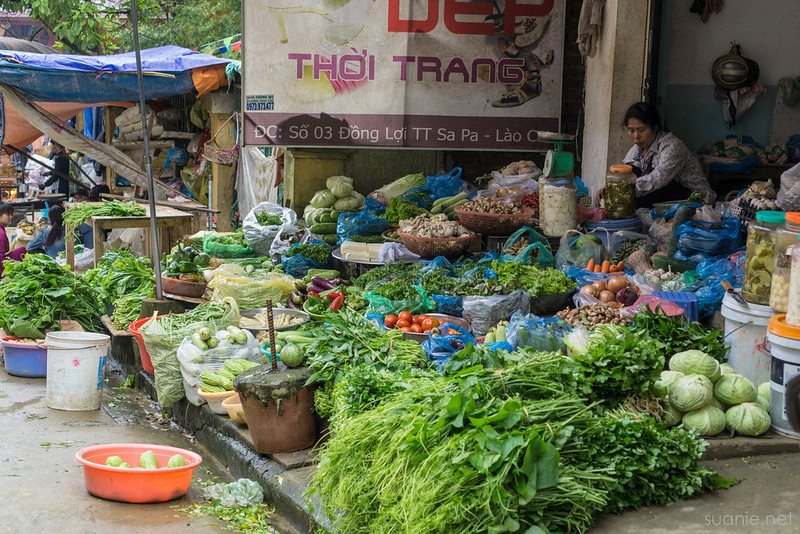
So green, I wanted to roll in them!
This one seemed popular. Fresh grubs, anyone?
Grilling a pig in the middle of the street, why not.
I don’t know what this lady was making, but she was popular.
The heart of Sapa town is marked by the Sapa Church, also known as the Holy Rosary Church. It was built by the French in the early 20th century using stone, and remains an important landmark in town.
A large courtyard in front of the church seemed pretty popular with both locals and tourist, such as Exhibit A below.
Next: Cat Cat Village and Fansipan.
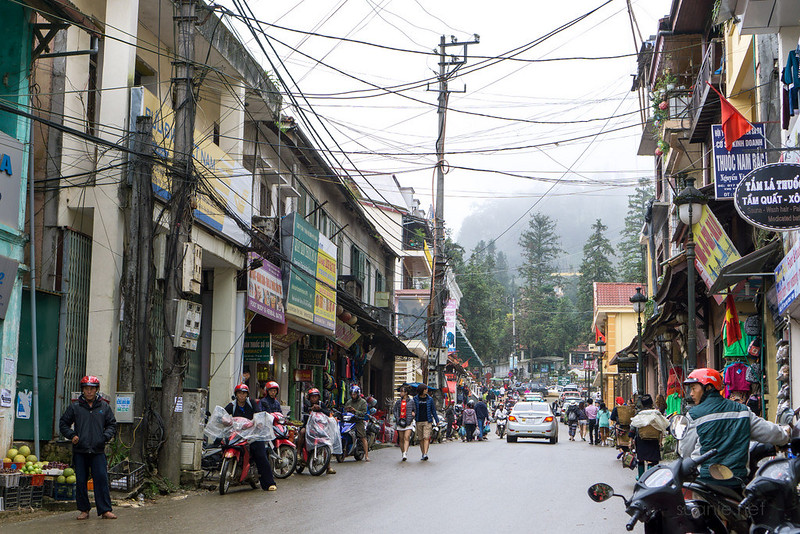

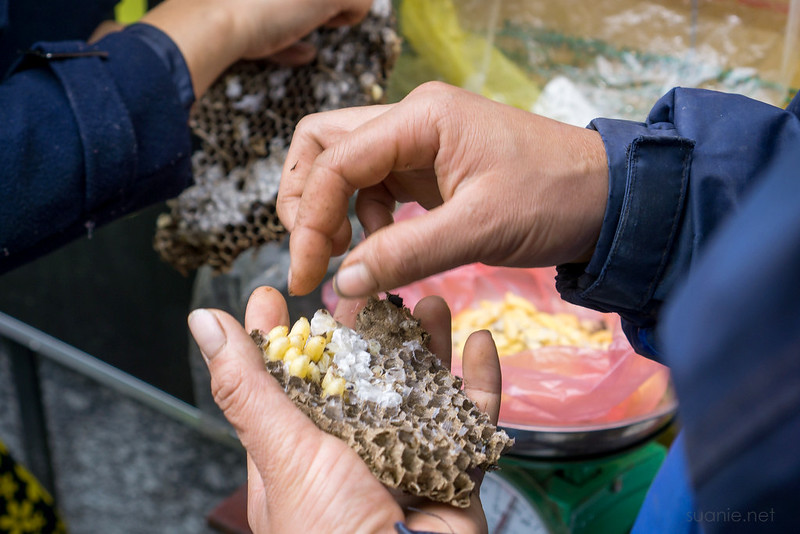
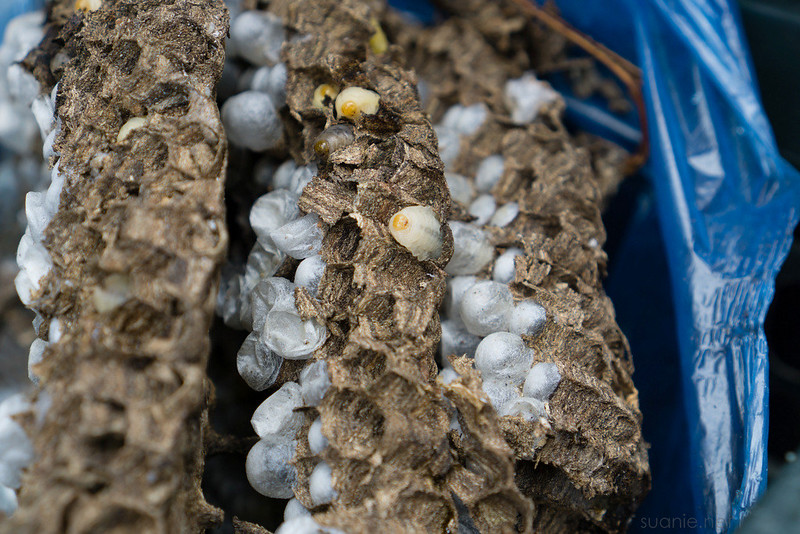
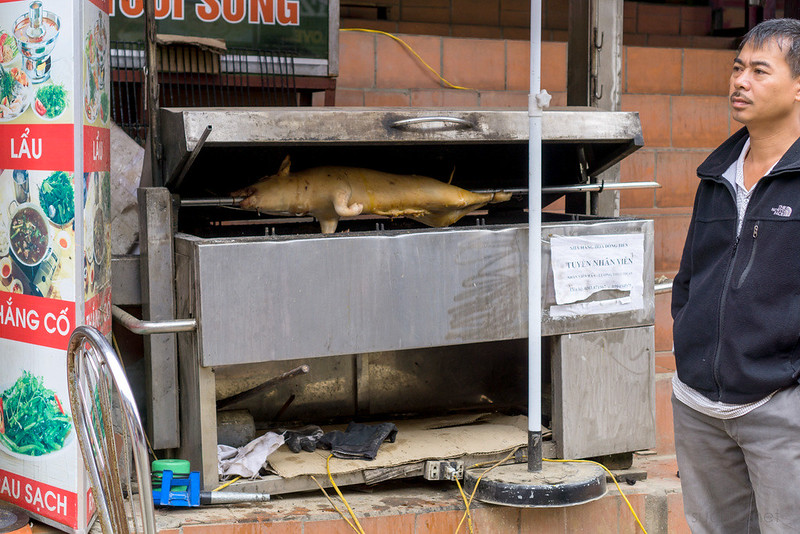

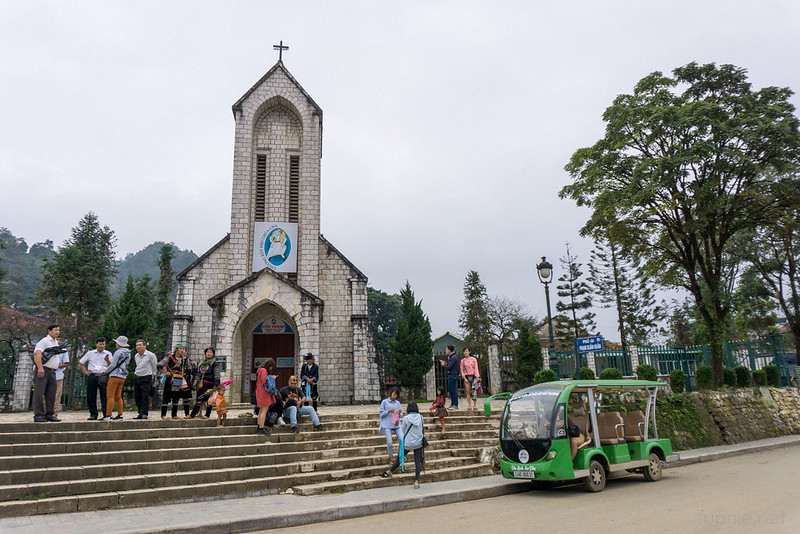

Hey, i was there too, 27th sep to 1st oct.
It was really an (unforgetable?) experience travelling in the overnight sleeper train!
Gorgeous place, isn’t it?
“The cheap-and-bin types that you get from Sapa will leave you with black-and-gone toenails, and blisters that make you weep at night”
I really love your way with words!!